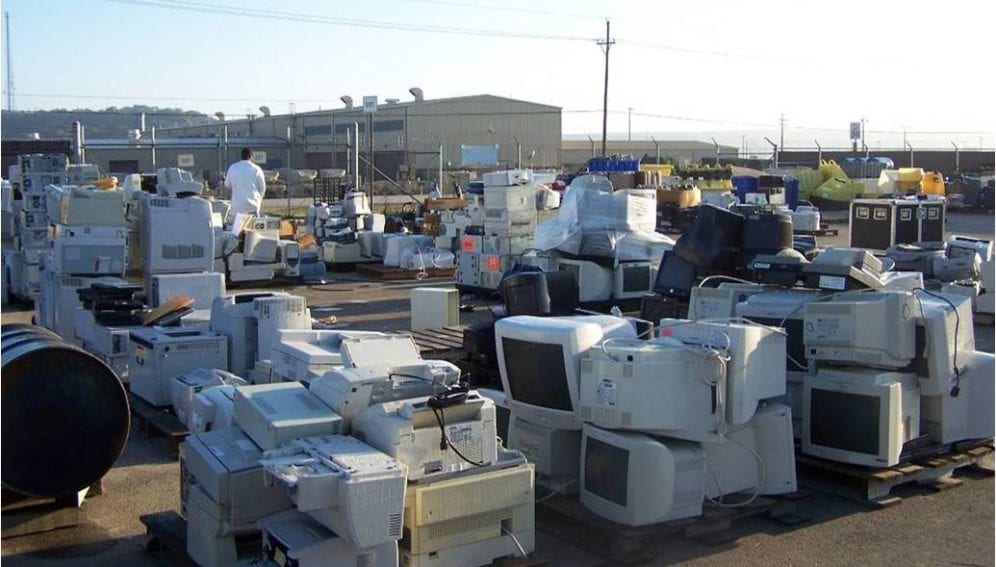Send to a friend
The details you provide on this page will not be used to send unsolicited email, and will not be sold to a 3rd party. See privacy policy.
With the swelling use of tablets, laptops, smartphones and other technologies that keep us connected come concerns over what happens when those gadgets are discarded for the latest model. According to the Solving the E-Waste Problem (StEP) Initiative, technology users are poised to produce 65.4 million tonnes of e-waste in 2017.
That’s a dire scenario, since e-waste is known to be exported to nations where people lack the skills to safely convert discarded electronic components into new working products or extract the valuable metals they contain. Dismantling electronics without proper know-how can release chemicals that are harmful to people and the environment.
Electronics manufacturers and retailers deserve recognition for the ambitious recycling programs to stem the transfer of unwanted e-waste into the wrong hands. But such plans can only go so far.
From 2006 until 2009 I worked at the US-based Consumer Electronics Association (CEA). Recycling was hot-button. I saw dedication from member companies to finding lasting solutions. Each saw the value in making recycling work for them and the populations most impacted by discarded products.
In recent years, many companies have formalised these approaches. Best Buy, a US electronics retailer, was one of the first to deliver a full-scale recycling programme. The initiative, which was formally launched in 2009, is nearly 90 per cent of the way to its target of recycling one million pounds (around 450,000 kilograms) of electronics by 2014. Despite the high cost of initiating the programme, it is even slightly profitable. [1]
“Electronics manufacturers and retailers deserve recognition for the ambitious recycling programs.”
Joanne Sonenshine
Leading an industry-wide effort to broaden consumer awareness of recycling, CEA and 13 of the world’s leading consumer technology companies developed the eCycling Leadership Initiative to recycle one billion pounds of electronics annually by 2016. In 2012, the industry collectively recycled 585 million pounds of e-waste. [2]
This is an encouraging start, but the numbers are tiny compared with the 65 million tonnes that StEP says could soon be circulating the globe. More can be done to improve the situation. While regulations and programs like the ones I mention can impose requirements on business to recycle, there remains a vast amount of electronics trading on unregulated markets where such schemes can’t reach.
To improve things, governments should work to improve market failures by ensuring effective regulation. And the right combination of training in effective recycling and dismantling of electronics in developing nations, plus facilitated public-private partnerships that provide incentives to recycle, would go further still.
Without these measures, the health and environmental risks of e-waste will carry on.
Joanne Sonenshine is Founder and CEO of Connective Impact, www.connectiveimpact.com, an organization working to improve the effectiveness of partnerships and collaborations. Previously she worked for 15 years in economic development and sustainability, at the United States government and NGO Conservation International among other places. Follow Joanne on Twitter @jsonenshine.
References
[1] Adam Aston How Best Buy makes money recycling America's electronics (GreenBiz.com, 24 April 2012)
[2] eCycling Leadership Initiative Second Annual Report of the eCycling Leadership Initiative (Consumer Electronics Association, April 2013)














